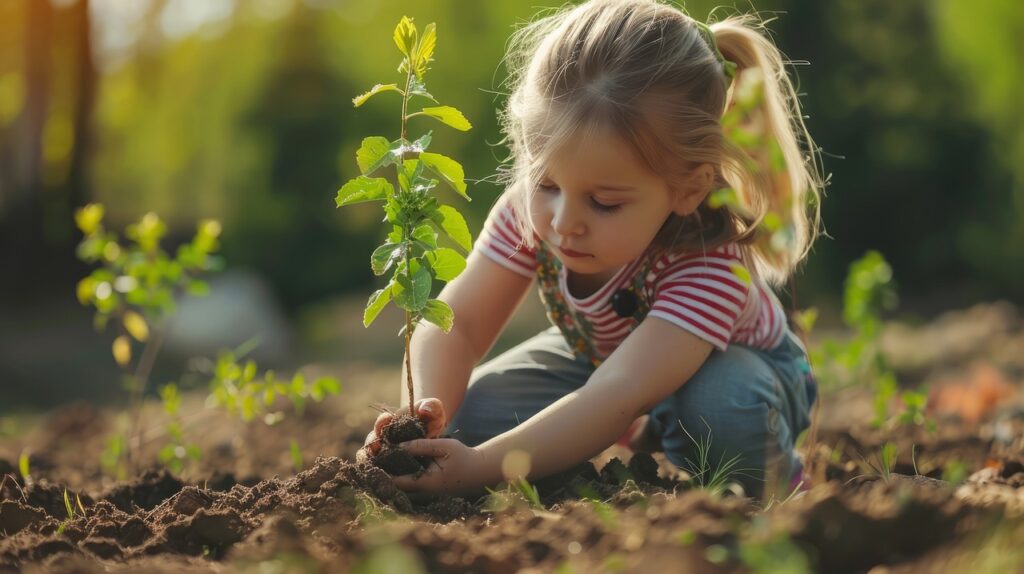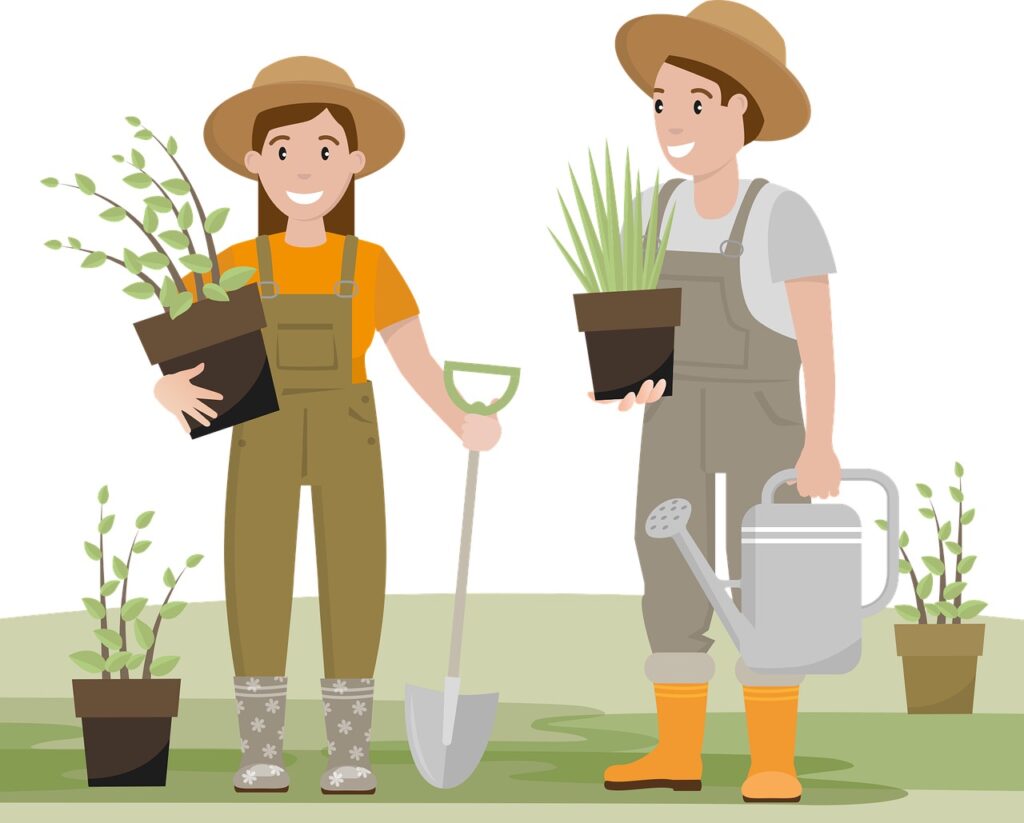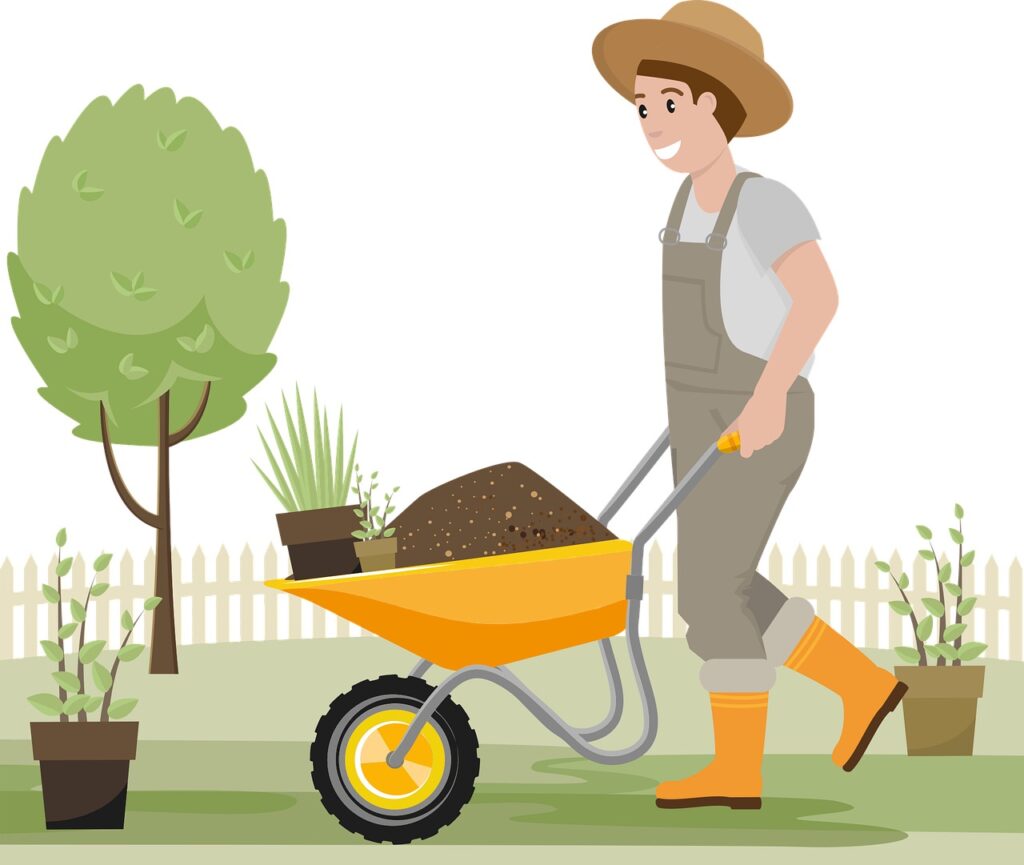
Getting Started with Native Plants
Starting a native plant garden is more than a personal project—it’s a commitment to the health of our ecosystems. By planting native species, we join a movement that goes beyond aesthetics, embracing the ecological value that native plants offer.
Whether you’re a novice or an experienced gardener, each native plant added to the landscape fosters biodiversity, improves soil health, and strengthens the local ecosystem. In this guide, we’ll walk through the essentials of creating a native garden that will flourish in harmony with your local environment, attracting pollinators, conserving resources, and ultimately making a small but vital impact on our planet.
The Power of Native Plants:
Native plants are the backbone of ecosystems, providing food, shelter, and breeding grounds for local wildlife. Their deep roots stabilize soil, prevent erosion, and support underground networks that enhance soil health, naturally filtering pollutants and conserving water. Because they evolved alongside local fauna, native plants are a perfect fit for pollinators, birds, and other beneficial species, offering the food and habitat these creatures need to thrive.

As more land is developed and native habitats disappear, these ecosystems become increasingly fragmented. When we plant native species in our own backyards, no matter the scale, we create mini-refuges that restore some of the habitat that has been lost. Imagine if each of us replaced a small patch of lawn or garden with native plants.
Collectively, these small choices form corridors that link larger habitats, allowing species to move, feed, and reproduce across the landscape. Every native plant in your garden contributes to a larger network of resilience and recovery.
How Small Actions Have Big Impacts:
One native plant may not seem like it can change much, but even a single wildflower can make a difference. For example, a milkweed plant in a yard can support the life cycle of monarch butterflies, providing food for caterpillars and nectar for adult butterflies. When multiplied across neighborhoods and communities, these individual plants create an interconnected web that strengthens entire populations of pollinators, which are essential to the food chain and global agriculture.

Choosing native plants also means creating a garden that requires fewer resources. Because native species are already adapted to local conditions, they often require less water, fewer fertilizers, and minimal maintenance. This reduces the garden’s overall environmental footprint, conserving water and reducing chemical runoff. By simply planting species that belong in our region, we become active participants in restoring the balance between human needs and nature’s demands.
Getting Started on Your Native Plant Journey:
Embracing native plants is an empowering step toward environmental stewardship. It doesn’t require acres of land—just a few native plants can transform your garden into a thriving ecosystem. As you begin this journey, consider the plants that are indigenous to your area and suited to your soil and climate.
Seek out local resources, like native plant nurseries and gardening groups, to learn more about the specific needs of your region. Remember, every seed you plant is an act of hope and resilience, nurturing not only your garden but the interconnected world we share.
By starting a native plant garden, you’re not just enhancing your landscape; you’re contributing to a living, breathing movement. You’re joining others who are making small yet meaningful changes that, collectively, restore and protect our ecosystems.
Together, one plant at a time, we can make a difference. Let’s root ourselves in nature and become guardians of the land, fostering biodiversity and resilience for generations to come.
